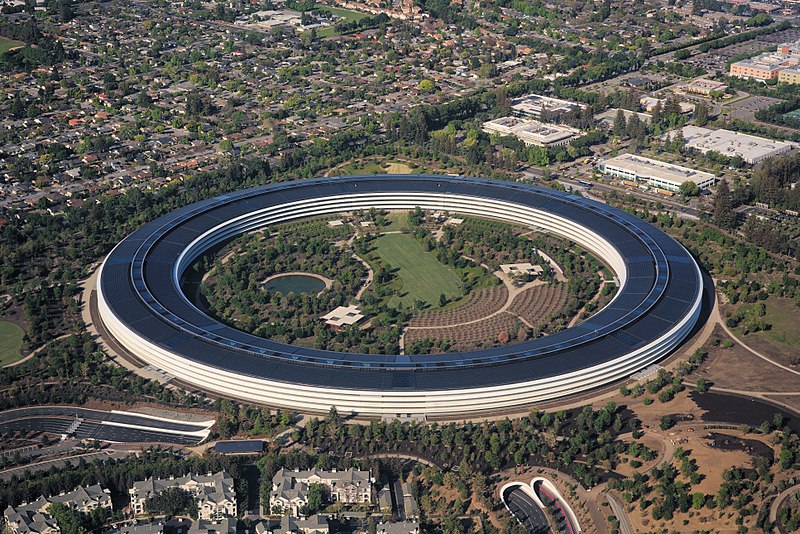This is part 2 in a 7-part series on creating a solid content market strategy. The first pillar in creating a strong foundation for a content marketing strategy was knowing the objective. Know your objective will inform creative decisions and be the guide for determining success or failure. This week I tackle the second pillar, and it ties back to our old friend, branding.
I’m often quite amazed at the answers I hear people give when asked the question, “What is a brand?” Even marketing professionals will give answers that seem to highlight problems with the state of marketing education.
I understand the confusion though. When big agencies work on brand campaigns, they work on things like logos and typography and color palettes. They pick the right music for the commercial spots; they get the right photographer for the photoshoots; and they come up with that cool two or three-word slogan.
Don’t get me wrong. All of those factors are indeed part of an organization’s brand. But they all contribute to something which is more intangible. It’s a feeling. An experience. A sense that is conveyed from the sum of the parts.
Don’t be quick to declare something “off-brand”
Branding can sometimes be a delicate balance. I almost always know a professional has an immature sense of branding when they are too quick to say something is “off-brand” because some aspect of that thing goes against what is traditionally perceived as “on brand.”
If your advertising is normally cool, slick, and contemporary, a nostalgic element that is part of a campaign might be deemed “off-brand.”
- “You can’t use those black and white photos because that would be off-brand.”
- You can’t use that old-timey music because it’s not crunk or trap enough or whatever. Off-brand!
- We don’t use squares in our advertising. Only circles. OFF BRAND!
And I get it. It’s easy to get caught up in the weeds and miss the forest for the trees.
But if you get nothing else from this blog post today, it’s this: at the end of the day, your brand is best served by whatever elements you introduce that on the whole, support that which makes your brand what it is.
Brand is macro and micro.
The “Apple” of our eye
Let’s take Apple for a minute. Few would argue that Apple is the paragon of great branding. People spend two, three, and even four times the normal rate for everything from earphones to laptops, because of the brand Apple has created.
But SO MUCH goes into creating that brand. It’s the technology. The design. The simplicity. But there’s more than that.
There is no question that Apple, overall, has established a visual style that is sleek, simple, and contemporary. You could even argue “futuristic.”
You can’t get much more futuristic than this!
Apple is a company that seems to scream the future. Their technology looks and operates like the gadgets from the starship Enterprise. Their stores look like Arthur C. Clarke novels brought to life. Even their headquarters looks like a spaceship for crying out loud.

Everything about their “brand,” screams sleek and futuristic. But is that really the Apple “brand”? Sleek and futuristic? If so, then the makers of their promotional campaigns over the years didn’t get the memo. Take a look at some of the most iconic Apple ads through the years:
The 1984 Macintosh commercial
Think Different and the “Crazy Ones”
Their 2014 “song” commercial ad
The 2019 WWDC “Goodnight Developers”
Even one of their most recent ads, the 2019 Christmas film for the new iPad
Campaign after campaign has an evocative and nostalgic feel to it. So what is Apple’s brand? Futuristic or nostalgic?
I think the best example of an Apple campaign that captured the essence of what their brand really stands for, was their “What will your verse be” 2014 iPad commercial.
Apple’s brand is about emotional connection. It’s about using advanced technology and excellent design to enhance every aspect of what it means to be human. From art to science to education to how we work. We long to connect with each other in meaningful and powerful ways. It takes superior technology to do that in a way that feels natural. That feels organic.
Their tech and products are futuristic. Their brand is timeless-ness.
Burying the “brand barometer”
Knowing whether or not a particular marketing direction is “off-brand” is never as simple as looking at one aspect and holding it up to a “brand barometer.” It’s more sophisticated than that. It’s about looking at a campaign as a whole and asking a series of important questions:
- Does it convey the principles we uphold?
- Does it speak to the promise we provide?
- If any part of it is seemingly different, is it egregious?
- Does it track with other campaigns we’ve created?
- Is there some aspect of what’s proposed that helps communicate a grander message that is unequivocally on-brand?
- Is there a calculated risk worth taking for a large upside?
- If for whatever reason, the direction fails, are the costs “affordable” (by “cost,” I mean the cost to the brand in terms of audience perception).
The number of companies pushing their brand boundaries is increasing. Savvy CMO’s who recognize a need to reach audiences in new and engaging ways, are burying their “brand barometers” and stretching.
A great example is the email platform Mailchimp which recently initiated a massive content marketing campaign called “Mailchimp presents…” It includes a series of podcasts and original films, none of which have anything to do with email marketing.
The scripted comedy “Trade Show Show” is one of a dozen original film series produced and distributed as part of Mailchimp presents.
This is a bold new direction for the email marketing platform where they have discarded all of their traditional outbound marketing initiatives in favor of this brand affinity campaign.
Sometimes off-brand is on-target
I would be remiss if I didn’t mention two important points:
- First, that sometimes, after answering the questions above, you may come to the conclusion a particular course of action truly is, off-brand in every way.
- And second, sometimes that is still the right way to go.
When they say marketing (and content marketing specifically) is an art, it’s because of situations like this. Where for some specific reason the campaign you’re delivering truly is off-brand, yet you take the risk to do it anyway. It usually happens for one of two reasons:
- You’re trying to make up for some horrible faux pas, and the best way to do that is by going off-brand to show a side of your organization never seen before.
- You actually are trying to change your brand.
At the end of the day, it all comes down to truly knowing your brand so that you can determine if a piece of content is “on” or “off” of it.
Next in the series, I’ll cover one of the most important pillars: picking the right type of content.

Filmtools
Filmmakers go-to destination for pre-production, production & post production equipment!
Shop Now













